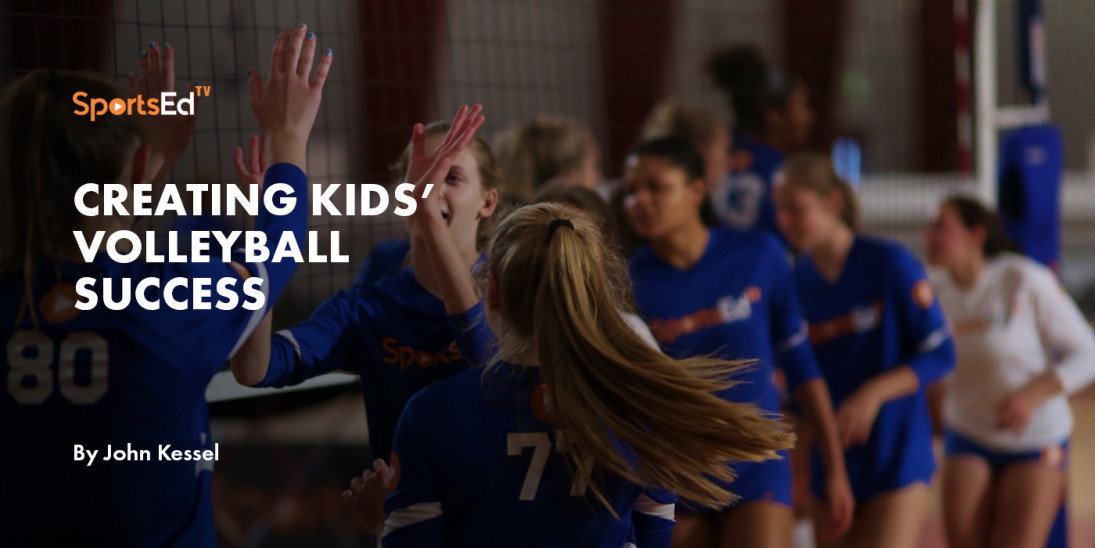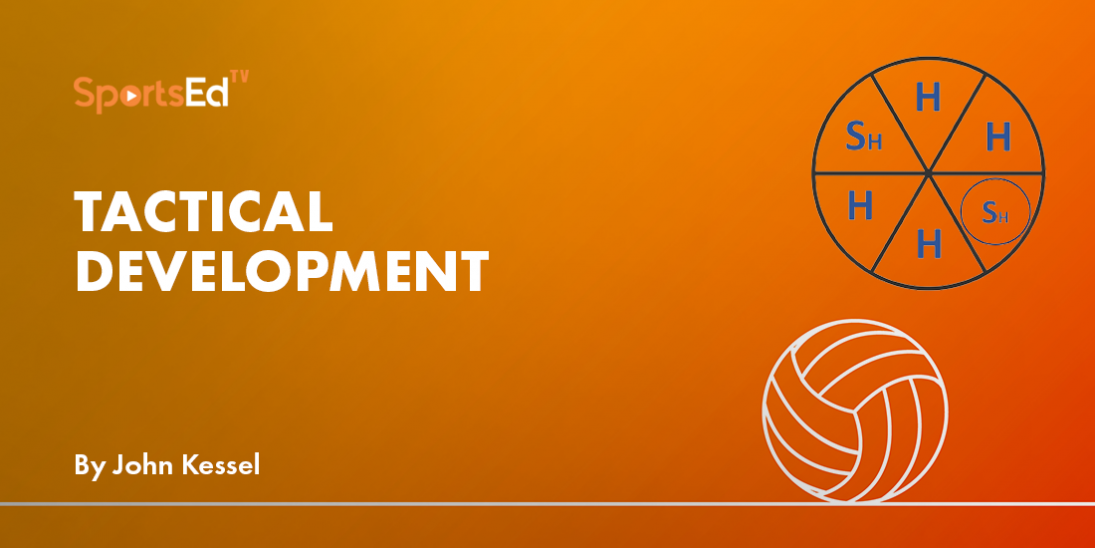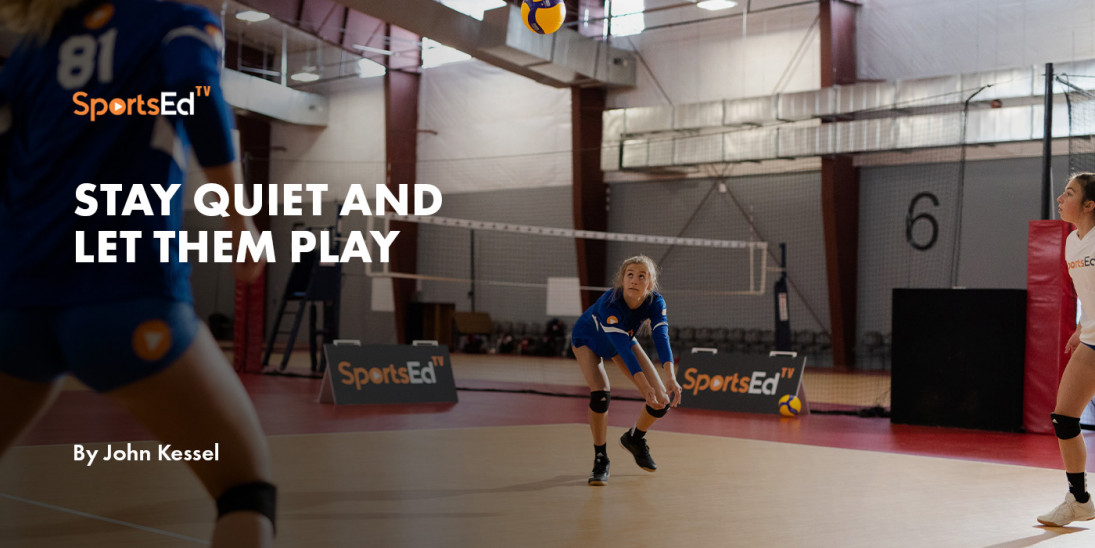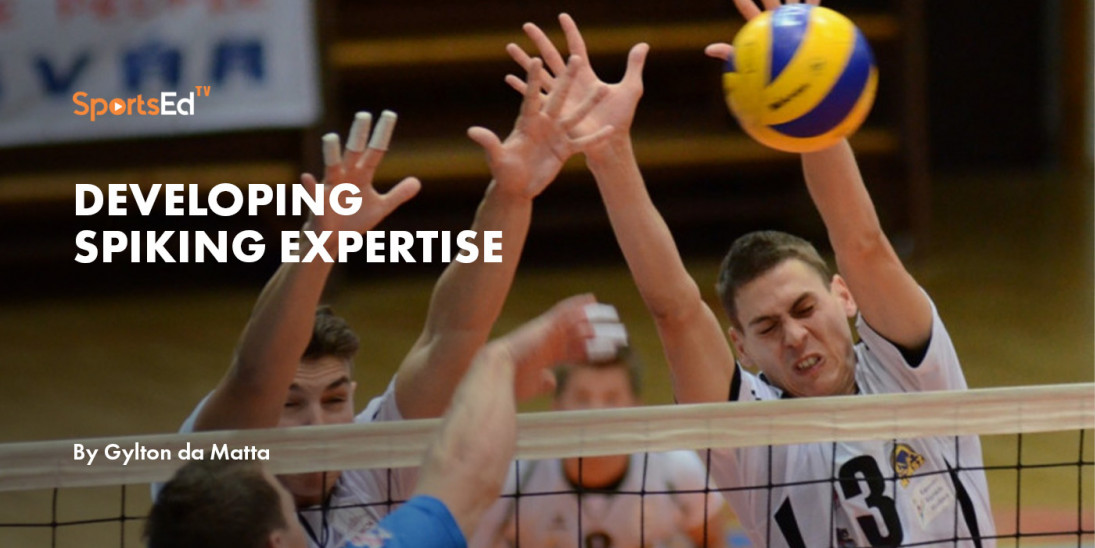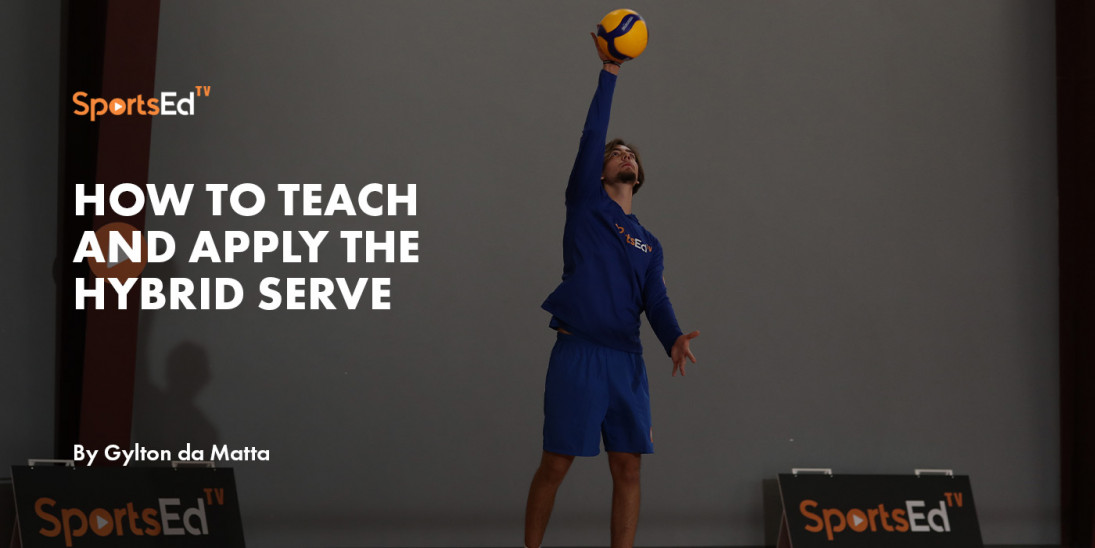Volleyball
Welcome and thanks for visiting...

Standing in Line
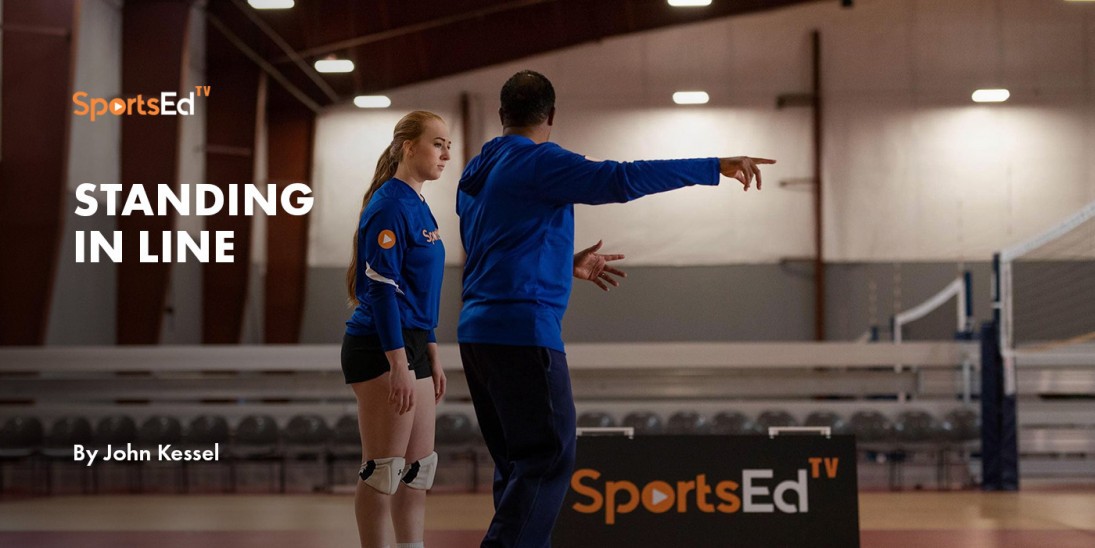
This email came in from a coach who has a daughter who loves volleyball. It just made me so frustrated to realize that despite IMPACT, CAP, VCT, and all that we know about teaching in a way that kids learn to love sport, any sport, that coaches still don’t know that learning is done by doing and not by watching. If they do know this, they still too often are resorting to old habits of one ball/action while everyone else stands in a line.
We just pulled our youngest daughter out of her club program. I don't feel it is right to entrust her to "coaches" who teach her to stand in line, teach her incorrect skills, and go out of their way to destroy her self-confidence. We can experience those things for free just by walking out the door and experiencing life, I can't justify spending $2,500 (or even a penny) to entrust incompetent coaches and program directors to make her unhappy with sports and life. We are going to find a way to make the situation positive for her.
So many think that when I say “let your first coach be the game” and “the game teaches the game” that I am not about technique or even drilling. I confess that I don’t like most drills I see, but if they are game-like, then have at it. For both game-like drills and in a game in practice use guided discovery to teach technique, shaping their technique to be the best for them. What we don’t want to do is start with a box of 64 colors of crayons and have everyone end up a blue crayon.
I have to leave it to the clinics and watching the world’s best, online and live, to get the skills taught right. My observations on each skill are shared in this blog already, and in the videos in the multimedia section of grassroots for USA Volleyball. Standing in line, and destroying self-confidence however, is something else far more concerning to me.
Standing in line does not happen when you are playing a game. I don’t know the club this parent pulled his daughter from, but I do know that standing in line is a tradition that just needs to be improved. Passing, for example, is too often taught in a circle drill – coach controlled even-where the players wait in a line for a ball delivered by the coach. This is the classic way coaches still warm up when their team is off the court in tournaments.
At a clinic last year in Dubai, UAE, I worked to help the coaches change their traditions from standing in line while the coach “warmed them up” (getting 12x more warm up than the players) to fun relays and games. Even in relays, it is often seen that teams break in half for the competition – ie 2 groups of 6. First, there might even be the group of 12 running in circles, but I have already gone there. What I am asking you to do is for both these relays, and the games, to get them into smaller training groups, as THEY LEARN BY DOING, not standing and watching. Wean yourself off of large group/coach controlled training first by doing the butterfly in a player controlled way, then push your comfort zone to three groups of four….then four groups of three…and finally to SIX groups of TWO.
If you just go from two balls in the air/groups, to THREE, you increase your contacts per hour by 50 percent. That is a significant increase in the training volume, and lets you have more groups/players to speak with. If you have a wall, you can have two groups of two playing cooperative 2 vs 0 against the wall/over the game height tape on the wall. The game can be played where each player gets 3 contacts in a row, or alternate contacts, as in this example of over the net 2 vs 0. Please note that by, playing 2 vs 0 instead of 3 vs 0 you again increase your contacts per hour by 50 percent. This is why I opt to warm up in pairs, not threes.
Let me see if I can show how the game teaches the game in a ways that add up fast, especially for those clubs with limited per week training time amount – like two 90 min practices a week….
50 percent more contacts per hour by having THREE, not two hitting groups.
With just two players, you Pass/Set/Hit 3 meter line attacks/sets which are first lower (easier to set as a younger player) then set higher as their timing/reading develops. The hitter passes a ball which is overhead passed to the hitter by the setter (if you have 3 players, the third can send a ball in a volleyball move -- overhead pass first, other vb skills later) The hitter overhead passes it back (as they develop in skill, forearm pass, but first overhead pass for removing the pain of hard ball contact), the setter sets a "bic" - a low 3 meter line set about a meter in front of them, but at the 3 meter line (the setter can be 2-3 m off the net to allow for the errors in passing by youth). The bic height is only a meter above the net, ie the height of the antenna top. The hitter can rely on these sets to be random but not wildly so. Within one session they will be hitting over the net well.
You can see this off the net hitting best in the FIVB Thai video I brought back from last year's symposium, I spoke at in Bangkok and had my team edit into this 12 min clip where NOT ONE spike goes into the net, due to positive/over the net training being done first. Note, how far off the net both the setter and hitters are in most these spikes seen. They are 11U, but have played a long time of pass/set/hit from off the net, and can handle the harder read/timing needed in a higher set. Hard for me to believe the video has nearly a million views through the FIVB account. Ideally, you do this with three lines of setting a bic at the left, middle, AND right side of the court, so you have far less standing around or you put up the ribbon and have 4-6 "lines" of 2-3 kids per group.
Another way to increase contacts per hour, is by having four groups of three in serve/serve receive vs. the classic “Butterfly” drill this was also covered in depth in my blog “The Evolution of the Butterfly Drill.”
There are so many more examples in this blog that I will let you discover on your own. The easiest way to read these collections off line are to download the three FREE blog books. The first two are compilations of my blogs from 2008-2012. Volume two is a compilation of my blogs from 2013-14. In each case there is a table of contents to help you find the title you want to ponder and learn from:
1. Growing the Game Together Blog Vol 1 – for Coaches/Club Directors
2. Growing the Game Together Blog Vol 1 – for Players & Parents
3. Growing the Game Together Blog Vol 2 – For all Learners.
As always, feel free to share ideas on how to help your fellow coaches stop from standing around in line, and thanks for your help in growing the game together.

